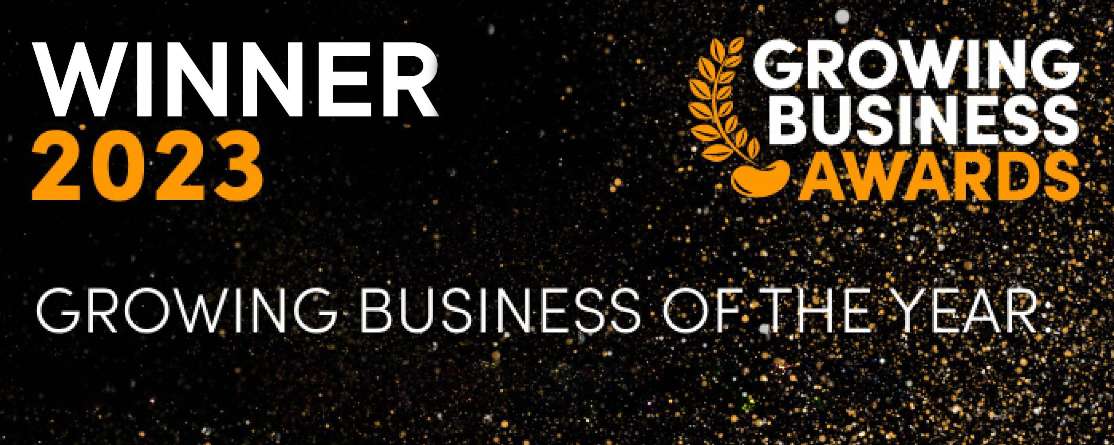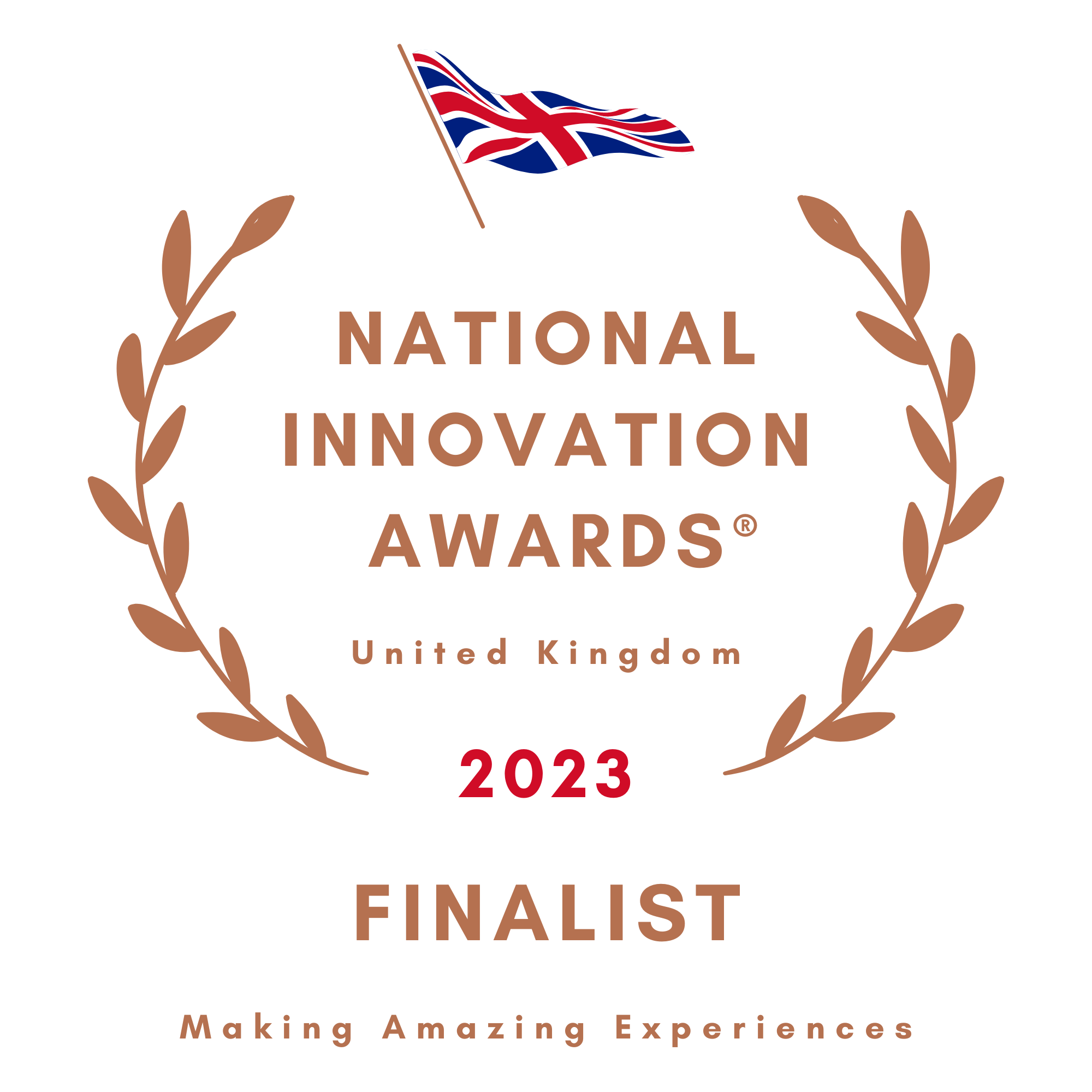Dragonfly AI is a predictive analytics platform designed to help you improve the quality and effectiveness of your creative across any format, channel and market.
How Innovation is Reshaping CPG
Expert-led podcast discussing trending articles, and news in the AI and attention spaces.
.png?width=1920&height=1920&name=Intro_square%20(11).png)
Webcasts led by experts
CPG is undergoing a massive reconfiguration as it strives to keep up with AI, machine learning, Internet of Things, and more. But what is at the very core of CPG innovation?
Which trends and demands for more sustainable options is changing how CPG brands make decisions and how can insights translate into real-world product development?
Guest host, Kate Nunan, is joined by two CPG veterans with over twenty years' experience between them, Global Marketer, Regina de Gante, and Associate Director, Sarah Siddiqui, to jump into this topic!
Q: How are current trends in customer preferences like demands for maybe healthier, sustainable options? How are they reshaping innovation strategies in the CPG industry?
Regina: It is really important as a product developer and like an innovation lead to focus on new trends and it's very important to be ahead of those trends and to reshape the market in terms of packaging. What is new out there? How can we be more sustainable? What types of materials can we use? in order to reduce our footprint, right? Also, in terms of ingredients, organic, those types of certifications when we're developing, I don't know, like a new formula and sometimes those products are directed to kids. As marketers, I feel you really need to be ahead of those trends in order to be successful and to develop products that of course resonate with the consumer and that are appropriate to the demand and the needs that are now in the in the new society.
Sarah: I feel very strongly about this particular point because I think it's got two layers to it, right? One is the trends and consumer preferences, and then the other is, of course, the evolving needs. There might be that the need for everybody is very different. When you talk about, for example, sustainability, some are more driven towards climate change, some are driven towards less food waste, right? Some are more driven towards recyclability. That's where one of the consumer trends comes in play, which is hyper-customization and really talking to the consumer in a way that it relates to them. Currently in the CPG industry it is tied in together, but also, I would say a challenge as well, because how do you tailor make preferences? How do you incorporate those preferences into offerings that works and talks to everybody? And then secondly, it's not just about talking or it's not just about positioning. It should also be in the DNA of the brand. It should not just be inherited.
Regina: I totally agree. Let's say there's a company that has one brand that is salad dressings, right? And then you have like your traditional salad dressing. Of course, it's when you start creating probably all these other line extensions, how can we keep developing new brands that fall into that holding brand that is already have this high equity. Everyone knows that brand. Then you gain credibility from the consumer perspective. That helps with all the communication and everything without affecting the DNA of the main brand that might be like not organic or anything, but then you have all these salad dressings, it's how you start playing with this strategy.
Q: How do you think brands are going about innovating in the sustainability space, but also being able to differentiate in the marketplace? And probably, as you said, without losing any DNA or losing themselves, it's kind of how are people managing to innovate efficiently?
Sarah: I'm going to go back to my point of sounding more authentic and brand inheriting it as part of its DNA, right? Innovation is all about making a mark in the market, right? And you're trying to solve a need that exists in the market. In that process, what you have to really hold on to is authenticity. That's how you differentiate versus any other competition. It's a brand's worst nightmare to be a me too, right? You really want to stand out in what you stand for and your positioning needs to stand out.
Regina: It's understanding from a marketing perspective, what's the DNA of your brand? Where do you stand? Understanding the landscape. What's possible to change from like a capability perspective as well, right? I would say the most important thing is really understanding the consumer because the consumer will give us the inside of what really matters. For example, we can say, yeah, we're gonna invest in reducing plastic in this packaging, and then you go to the consumer and they're like, I really don't care. It is so important to understand the consumer and understand the insights so that you can deliver something that is the win -win strategy.
Q: How can market research and customer insights be used as a guide for innovation and the innovation process? How do you translate those insights into real world product innovation that actually resonate with consumers?
Regina: One of the key departments in an organization is consumer insights because CPG is focused on the consumer. It's very consumer centric and we need to address the needs and how to do it in a better way than the others out there. It's really important to understand from like a consumer research perspective what really drives the interest in a product or like what's really important to them and what does make an impact to the consumer.
Sarah: Insights and consumer research is all about data. And the sources of data, the way it's growing, the accessibility of data, it's just amazing. It's evolving by the day. I think whoever gets their hands on a good data set and is able to do or turn out good analytics out of it, and then translate them into a high impact space is something that works out, especially in case of innovation. If a company sets tends to invest within a database, then all of that gets stored and you have quite a huge amount of data there to kind of analyze and then figure out what the impact is going to be. The other thing that I would mention here is sometimes you tend to get distracted by fads or trends, right? Because they skew the data.
It's important to realize what is a fad out of the data, right? What's a fad? What's a short -term trend? What's a long -term trend? Where is the money? We are going to invest resources, yes, something that is indicative out of data, but we will invest resources to enter that space and be more competitive. We have got to make it work for both the consumers and for the business.
Q: Looking at innovation and CPG, what are the biggest barriers that you guys are seeing? And how do you think companies can overcome these challenges, especially when it's coming to stay ahead of competition, especially?
Regina: Some barriers for innovation and having good innovation in general in terms of formulas, products, packaging is cost. The costs are so high that you need to have a very good portfolio of brands that can help support the investment that you're going to make on a new product that might be very expensive.
Technologies and consumer adoption can also be a barrier because sometimes you might be very innovative, but like the consumer adoption might take time. How long is it going to take for consumers to adapt to these new products, this new packaging? Maybe it's really disruptive. You need to be really careful when you launch something.
There are many barriers that I feel some of those are really important to address. It's something that you can actually see and feel in CPG industries.
Sarah: The three big barriers are speed, agility and differentiation. It's fast moving, so how you adopt trends, how you get into the right spaces quickly matters. Sometimes it comes at a cost. It sometimes comes at a compromise within the mix, within one of the pieces that you're looking at. So how to balance the two, right? Because I want to get in the space quickly, but I also want to get into the space with the right mix and with the right cost and kind of also benefit the business. I want it all. So, you know, how do you do that? Because with innovation, that's key.
You're trying to build a strategy and a portfolio and you're trying to get the most out of it. You have to capitalize it at the right time so speed and agility become extremely important.
You want to be the disruptor, you want to be the differentiator, but sometimes it's just, it's a bit too much. Where do you draw that line? You don't want to be missed out in a huge crowd either. You want to be heard, you want to be seen, you want to be bought, you want to be used, but how do you define that fine line of yes, I'm in the right space, I'm providing the right solution, but at the same time, I'm different. I have a different set of benefits to offer. That is extremely challenging.
Thank you to our expert guests and host for this episode!
An insightful discussion about innovation in CPG, challenges, disruption and more!
Watch the full episode above.
Listen on Spotify here.
And don’t forget to subscribe!


